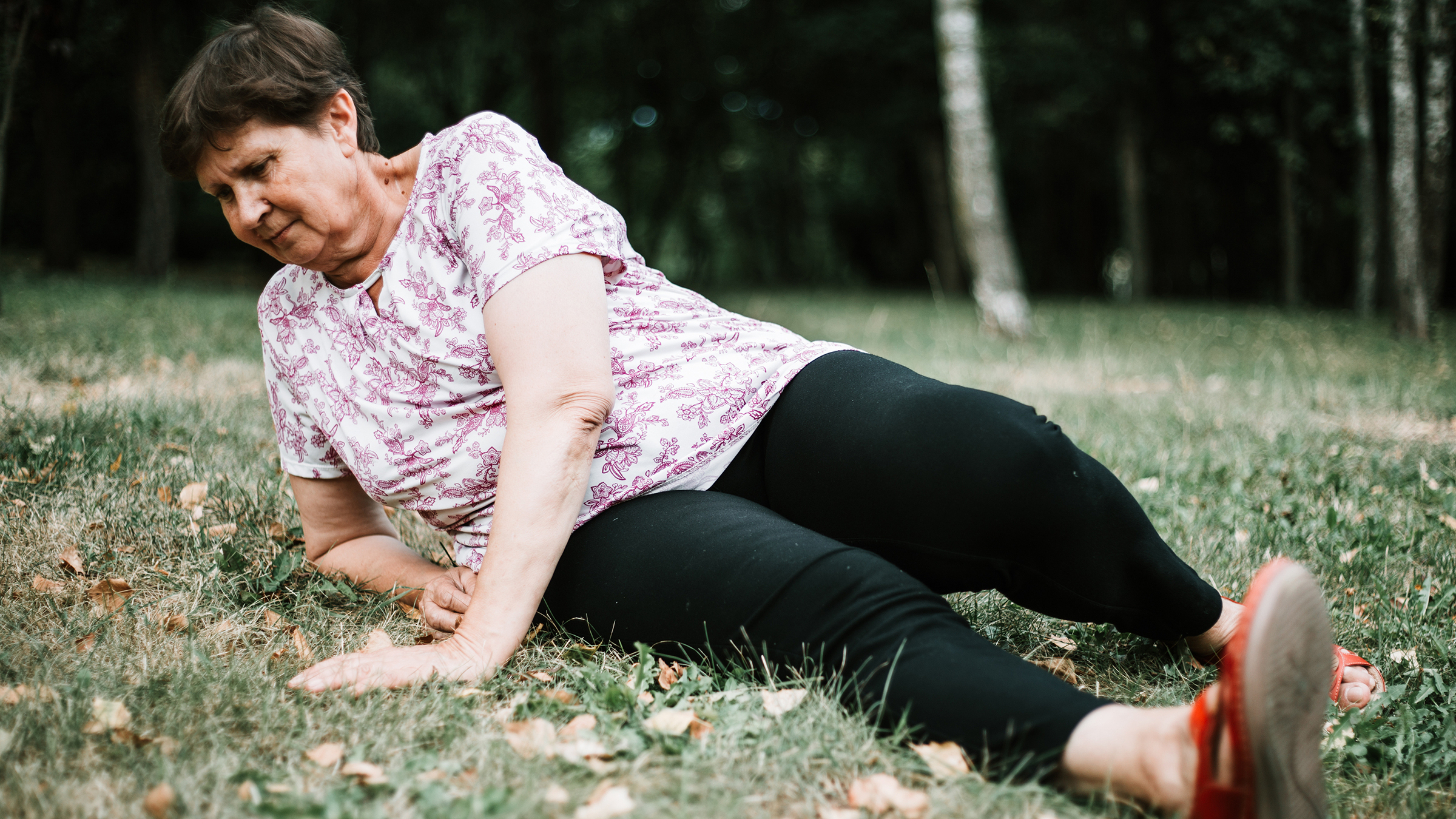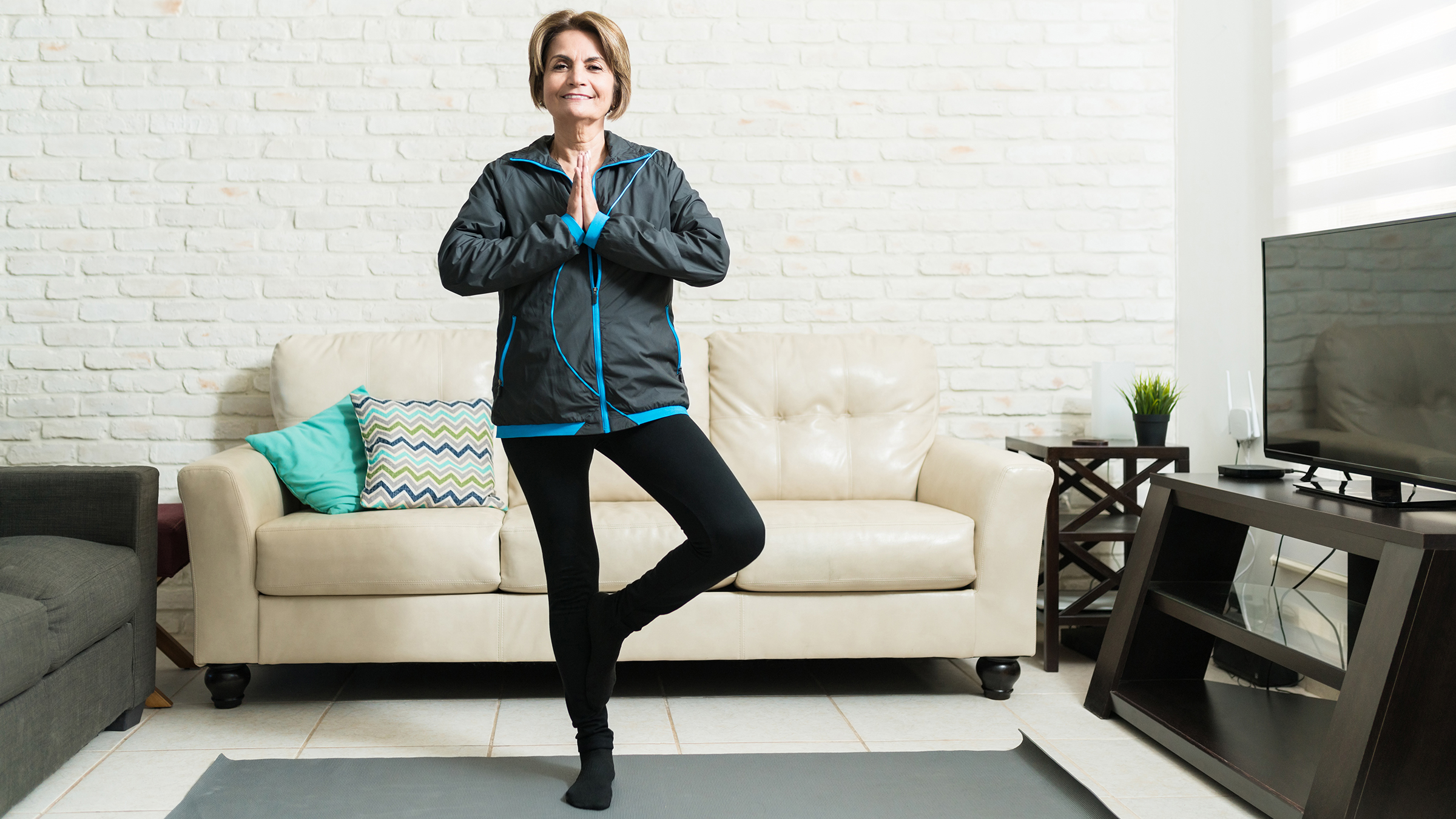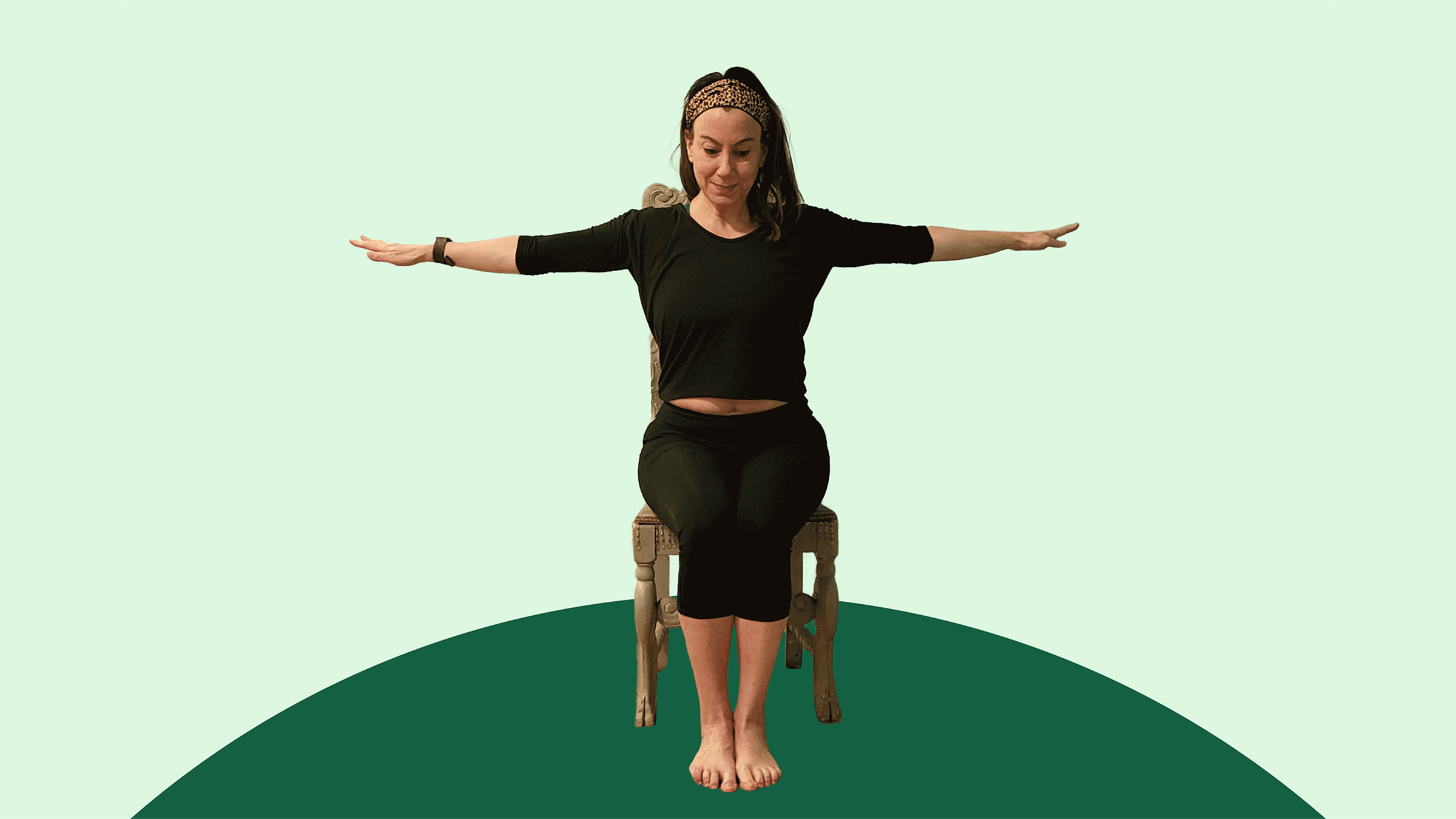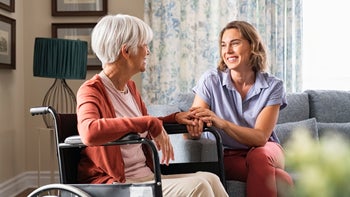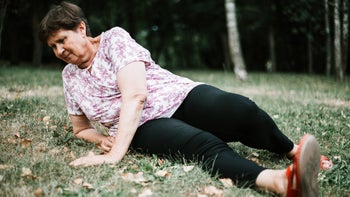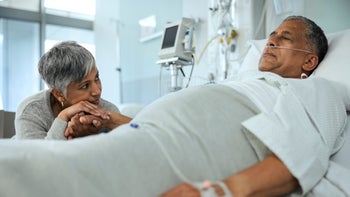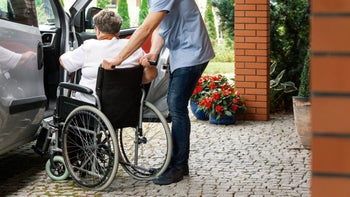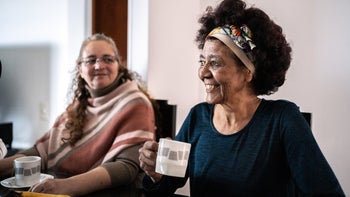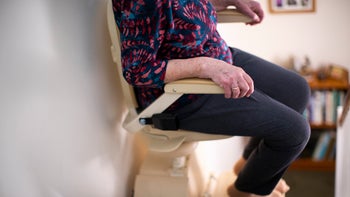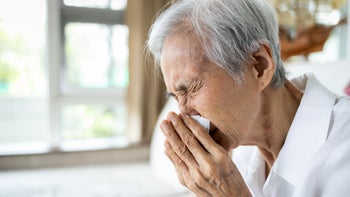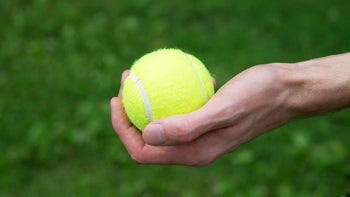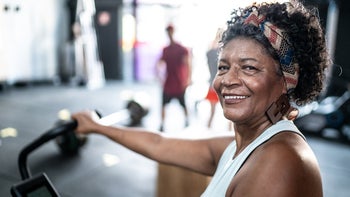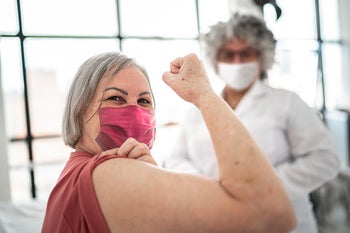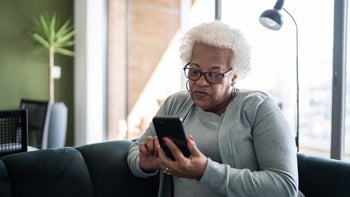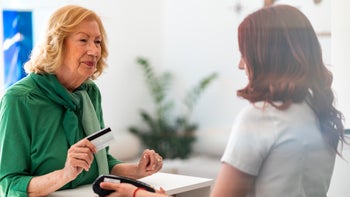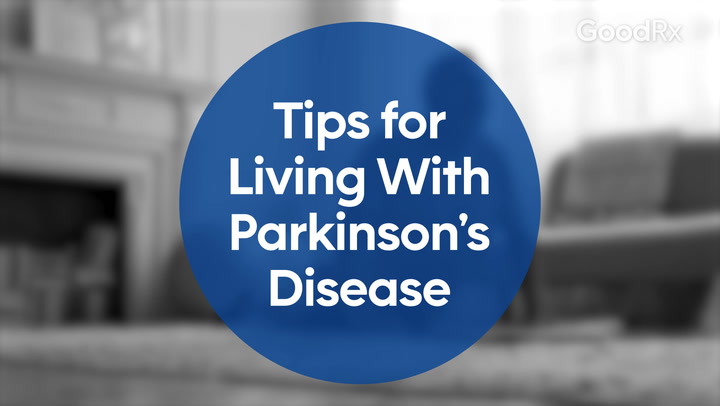
6 Best Exercises for Older Adults
Key takeaways:
Regular exercise can help older adults maintain their health and independence.
A combination of aerobics, strength training, and balance and flexibility exercises may reduce your risk of age-related diseases or injuries.
You can talk to your healthcare provider about how to make these exercises a part of your routine.
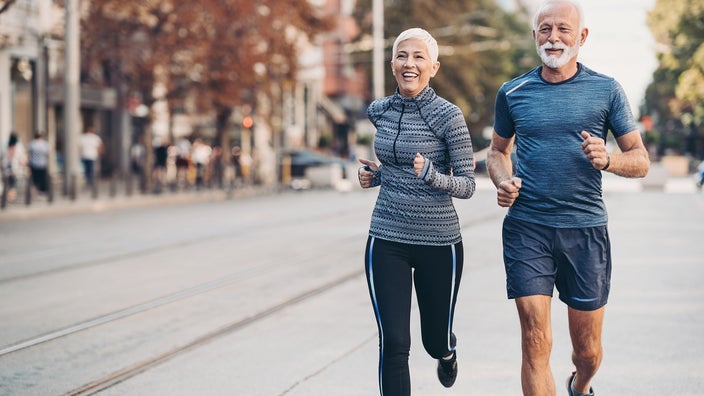
With the number of older adults in the U.S. on the rise, healthy aging is critical. And regular exercise is a key part of maintaining a healthy lifestyle as you age. If you're 65 or older, a complete fitness routine may reduce your risk of age-related diseases and prevent injuries. But the potential benefits don't end there. Let’s delve into the link between physical activity and healthy aging, including six exercises you can try.
What are the benefits of working out as you get older?
Regular exercise is good for you at any age. But some of the health benefits of working out are especially important as you age. Working out can:
Prevent age-related diseases: Age-related diseases are those that occur more often as you get older. Regular workouts may lower the risk of those conditions, including heart disease, diabetes, and certain cancers.
Lower your blood pressure: High blood pressure is another age-related condition. Getting or staying active can help you manage your blood pressure.
Reduce your risk of bone fractures: Exercise, especially strength training, helps increase bone mineral density and reduce the risk of bone fractures.
Prevent falls: Falls are the leading cause of injury for people over 65, according to the CDC. And participating in exercise programs reduces the risk of falls that require medical treatment in older adults.
Improve your cognitive function: Roughly 5 million older adults in the U.S. have dementia. Research suggests that exercise helps prevent cognitive decline and improves cognitive scores in older adults.
Help you stay independent: By helping you maintain your health, mobility, and well-being, regular exercise makes it easier to stay independent.
Help you live longer: Research suggests that staying active can increase your life expectancy by several years.
Despite these benefits, many people become less active as they age. You may think that being less active is a natural part of aging. But while it's true that your body changes as you get older, some of those changes are avoidable when you maintain healthy habits. For example, exercise can help prevent low energy levels. And if you’ve never been much of an exerciser, it’s possible to start now and still reap the benefits.
What kind of exercise is best for older adults?
Experts recommend several types of exercise for older adults:
Aerobics: Sometimes called cardio, aerobic activities like jogging or swimming get your heart pumping. They're great for improving your overall fitness and helping you complete daily tasks with more energy.
Strength training: Strength training exercises –– such as push-ups or lunges –– build muscle mass and strength, making it easier to do everyday tasks like carrying your groceries.
Balance and flexibility exercises: Practicing both balance and flexibility moves can make it easier to do basic tasks like tie your shoes and maintain your stability.
The best exercises for older adults
The best exercises for older adults include any physical activities you can do safely and with your healthcare provider's approval. Keep reading for six research-backed exercises you can add to your fitness plan.
Aerobics
1. Brisk walking
You probably aren’t surprised to hear that walking is good for you. But do you know just how good it can be for people 65 and older? This moderate-intensity activity can improve your heart health, delay cognitive decline, and help you live longer. One 10-year study found that adults around 80 years old who walked outdoors for at least 15 minutes four times a week were 40% more likely to survive the length of the study than people who walked less than four times a week.
With brisk walking, you take about 100 steps a minute. But you can start at a pace that is reasonable for you. You may find that you're able to increase your speed over time.
2. Gardening
The movements required for gardening –– such as bending over, squatting, and lifting –– make it a moderate-intensity cardio activity. It's also a popular form of exercise among older adults. In one study, older adults reported better self-esteem and more social engagement with home and community gardening.
Strength training
3. Squats
Squats strengthen the muscles in your lower body, including your hips, thighs, and glutes. By improving your functional mobility, they can make it easier to perform tasks you might take for granted –– like sitting down or standing up.
And you can modify squats based on your ability. For example, you might try a stand-to-sit squat:
Stand in front of a chair with your feet a little more than hip-width apart.
Lift your arms in front of you to shoulder height with your palms facing down.
Bend your knees, and reach your hips back.
Slowly lower yourself until you tap the seat of the chair. Then stand again.
Repeat 10 to 15 times.
4. Biceps curls
Don’t worry, working out with weights won’t turn you into a bodybuilder –– unless that’s what you want. Biceps curls target the muscles in your upper arm to build muscle and improve your grip strength. You can try this move with dumbbells or even household items. For example, if you don't have weights, you can use 16-ounce water bottles instead.
Here's how to do a biceps curl:
Stand with your feet hip-width apart.
Hold one dumbbell in each hand.
Relax your arms by your sides with your palms facing forward.
Bend your elbows, and lift the dumbbells toward your shoulders.
Lower the dumbbells back to the starting position.
Repeat 10 times, rest, and then try to do another round of 10.
You can start with small dumbbells and then increase the weight as the move gets easier.
Balance and flexibility exercises
5. Single leg stand
You may not think standing on one leg counts as exercise. But it turns out that this seemingly simple move can help with balance. Being able to stand on one leg may even be a sign of a healthy brain.
To make this move:
Stand with your feet together or a few inches apart.
Make sure your shoulders are down and your back is straight.
Hold the back of a sturdy chair with both hands.
Slowly lift one foot off the ground.
Bend that leg back at the knee, and hold for 10 seconds.
Lower your foot back to the floor.
Repeat the move 10 to 15 times on each foot.
If you’re comfortable, you can try doing the exercise with just one hand on the chair. From there, you can progress to using your fingertips.
6. Tai chi
Sometimes called meditation in motion, tai chi is an ancient practice that combines slow movements, breathing, and focus. The low-impact activity may improve balance, flexibility, and overall quality of life.
WHAT TO READ NEXT
Popular stories this week
How often should older adults exercise?
As long as health conditions don’t limit you, the CDC recommends aiming for at least 150 minutes of weekly aerobic exercise. That's 30 minutes a day, five days a week. You can also try shorter workouts throughout the day to meet the recommendation. If you’re already active, aiming for at least 300 minutes of aerobic activity per week — an hour a day, five days a week — is even better for your health.
The CDC also recommends at least two days of strength training every week. Your strength-training workouts should target your whole body — legs, hips, back, abdomen, chest, shoulders, and arms. But remember, you don’t need a separate workout for each body part. Compound movements can help you target several muscle groups at the same time. For example, squats target the thighs, glutes, hips, and abdominals.
According to the American Heart Association, you can do balance exercises every day. Older adults should add balance training to their routines at least three days a week.
But remember, these are general guidelines that may not apply to everyone 65 and older. Your healthcare provider can help you select safe exercises to add to your routine.
The bottom line
An active lifestyle is just as important for older adults as it is for younger people — maybe even more so. Making exercise –– especially aerobics, strength training, and balance and flexibility training –– part of your routine can help you live a longer, healthier life.
References
Ahlskog, J. E., et al. (2011). Physical exercise as a preventive or disease-modifying treatment of dementia and brain aging. Mayo Clinic Proceedings.
American Heart Association. (2016). Getting active to control high blood pressure.
American Heart Association. (2018). Balance exercise.
Arthritis Foundation. (n.d.). 12 benefits of walking.
Centers for Disease Control and Prevention. (1999). Older adults.
Centers for Disease Control and Prevention. (2016). More than 1 in 4 US adults over 50 do not engage in regular physical activity.
Centers for Disease Control and Prevention. (2019). What is dementia?
Centers for Disease Control and Prevention. (2020). Keep on your feet—Preventing older adult falls.
Centers for Disease Control and Prevention. (2020). Measuring physical activity intensity.
Centers for Disease Control and Prevention. (2021). Benefits of physical activity.
Centers for Disease Control and Prevention. (2021). How much physical activity do older adults need?
DeBeliso, M., et al. (2015). Grip and body strength measures in the mature adult: A brief report. International Journal of Science and Engineering Investigations.
Fortes, C., et al. (2013). Walking four times weekly for at least 15 min is associated with longevity in a cohort of very elderly people. Maturitas.
Greenwood-Hickman, M. A., et al. (2015). Participation in older adult physical activity programs and risk for falls requiring medical care, Washington State, 2005-2011. Preventing Chronic Disease.
Huang, Y., et al. (2015). Improvement of balance control ability and flexibility in the elderly Tai Chi Chuan (TCC) practitioners: A systematic review and meta-analysis. Archives of Gerontology and Geriatrics.
Jaul, E., et al. (2017). Age-related diseases and clinical and public health implications for the 85 years old and over population. Frontiers in Public Health.
Jonsson, E., et al. (2004). One-leg stance in healthy young and elderly adults: A measure of postural steadiness? Clinical Biomechanics.
Moore, S. C., et al. (2016). Association of leisure-time physical activity with risk of 26 types of cancer in 1.44 million adults. JAMA Internal Medicine.
National Center for Complementary and Integrative Health. (2016). Tai chi: In depth.
National Institute on Aging. (2021). Four types of exercise can improve your health and physical ability.
OrthoInfo. (2009). Effects of aging. American Academy of Orthopaedic Surgeons.
Reimers, C. D., et al. (2012). Does physical activity increase life expectancy? A review of the literature. Journal of Aging Research.
Scott, T. L., et al. (2020). Positive aging benefits of home and community gardening activities: Older adults report enhanced self-esteem, productive endeavours, social engagement and exercise. SAGE Open Medicine.
Seguin, R. A., et al. (2002). Growing stronger: Strength training for older adults. Centers for Disease Control and Prevention.
Tabara, Y., et al. (2014). Association of postural instability with asymptomatic cerebrovascular damage and cognitive decline: The Japan Shimanami Health Promoting Program study. Stroke.
Tudor-Locke, C., et al. (2018). How fast is fast enough? Walking cadence (steps/min) as a practical estimate of intensity in adults: A narrative review. British Journal of Sports Medicine.
Vespa, J. (2019). The U.S. joins other countries with large aging populations. United States Census Bureau.
Yoshiko, A., et al. (2021). Impact of home-based squat training with two-depths on lower limb muscle parameters and physical functional tests in older adults. Scientific Reports.


